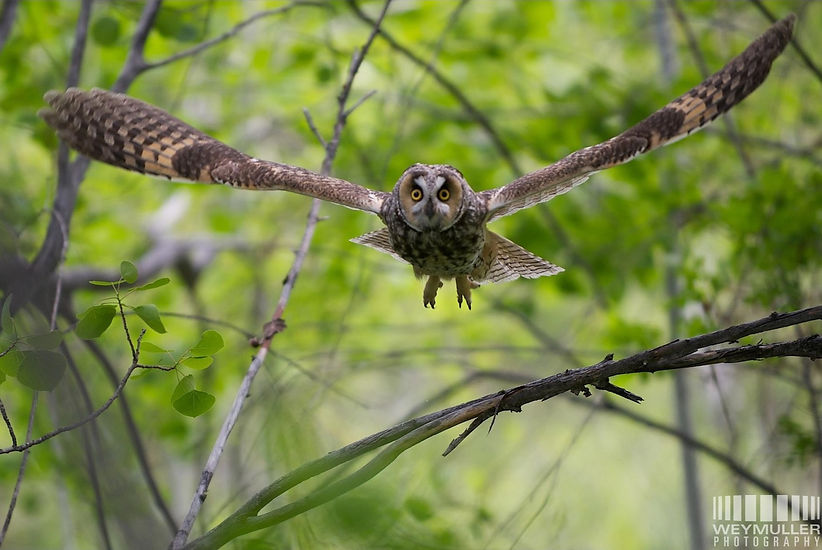
Spring/Birds/Poems
By: Linda Martinez Robertson
Today, birds portage the first day of spring into our north central Washington valley. As my husky, Tikaani, and I pick our way across the hills around soft sections of mud, pocket gopher tunnels, and shaded spots of stubborn snow, I breath in warming air that carries the first meadowlark songs of the season. Tikaani flushes several drum-throated grouse out of their sagebrush blinds — overhead, a red-tailed hawk circles and screeches. In the distance, geese nosily recount their winter stories.
In anticipation of spring, I've been reading The Poets Guide To The Birds, edited by Judith Kitchen and Ted Kooser. This collection of 151 poems by 137 poets includes many familiar contemporary American writers: Kim Addonizio, Wendell Berry, Phillip Booth, Hayden Carruth, Stephen Dunn, Brendan Galvin, John Haines, Jane Hirschfield, Pattiann Rogers, Charles Simic, Charles Wright, W.S, Merwin, to name a few. There is also a generous sampling of work by poets I have not read before.
In the introduction, Judith Kitchen says of the writers, "Some stare unflinchingly at the birds, record simple behavior, take note of context and color and mood. For others, the birds are peripheral, touching down tangentially, then flying off, leaving insight in their wake. Some of these poets focus on specifics: this bird, this place, this time. They watch for habit and habitat, as well as deviation from the norm. Others veer toward the general: how birds figure in our lives, how they spark questions, call up earlier times or places, offer up meanings."
On these pages, I find birds as metaphor, birds as bridge to place, birds nested in memory, birds imagined, birds that provide the poet with an opportunity to reflect on decisions made in daily life. In Tess Gallagher's "Choices" the speaker considers such a decision after going outdoors with the intention of cutting branches off a tree so that she might clear a view:
"…But when I look up,
saw in hand, I see a nest clutched in
the uppermost branches.
I don't cut that one.
I don't cut the others either.
Suddenly, in every tree,
an unseen nest
where a mountain
would be."
There are familiar people and scenes in these poems; Betty Adcock's "Bird Woman" who "…takes them as they come/from the hands of strangers, in shoeboxes and paper cups,/wrapped in handkerchiefs, in Kmart cages," and Samuel Green's bird watcher, who after an outing with a friend, muses:
To sight the bird is merely confirmation.
Ten years. I've learned enough
to think he, too, is mistaken. That day
on the hill we should have flopped on our backs
& let the songs come, never mind the names,
let the notes wash over us like syllables of rain…
Here, even the often-scoffed magpie becomes a mysterious being in Gary Short's "Magpies In The Graveyard":
…They rise like an undulating road
Of magpies, black with white dashes, they lift
Like prayer into the blank graveyard air.
Something into nothing.
Today I sense the possibility of birdsong, bird shadow, wing-wind, or perhaps the exuberance of our migrating birds' reunions in my next poem. And you?